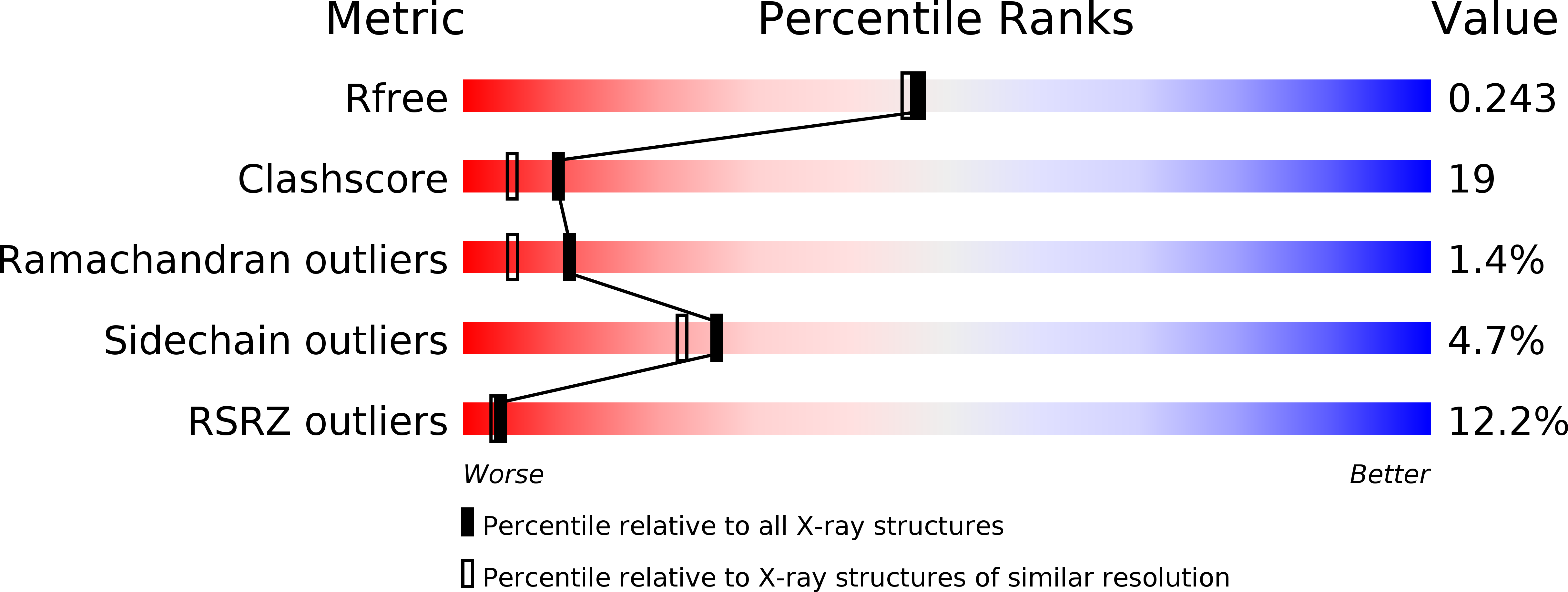
Deposition Date
2006-05-11
Release Date
2007-05-29
Last Version Date
2023-08-30
Entry Detail
PDB ID:
2GZM
Keywords:
Title:
Crystal Structure of the Glutamate Racemase from Bacillus anthracis
Biological Source:
Source Organism:
Bacillus anthracis (Taxon ID: 1392)
Host Organism:
Method Details:
Experimental Method:
Resolution:
1.99 Å
R-Value Free:
0.24
R-Value Work:
0.20
R-Value Observed:
0.20
Space Group:
P 1 21 1


